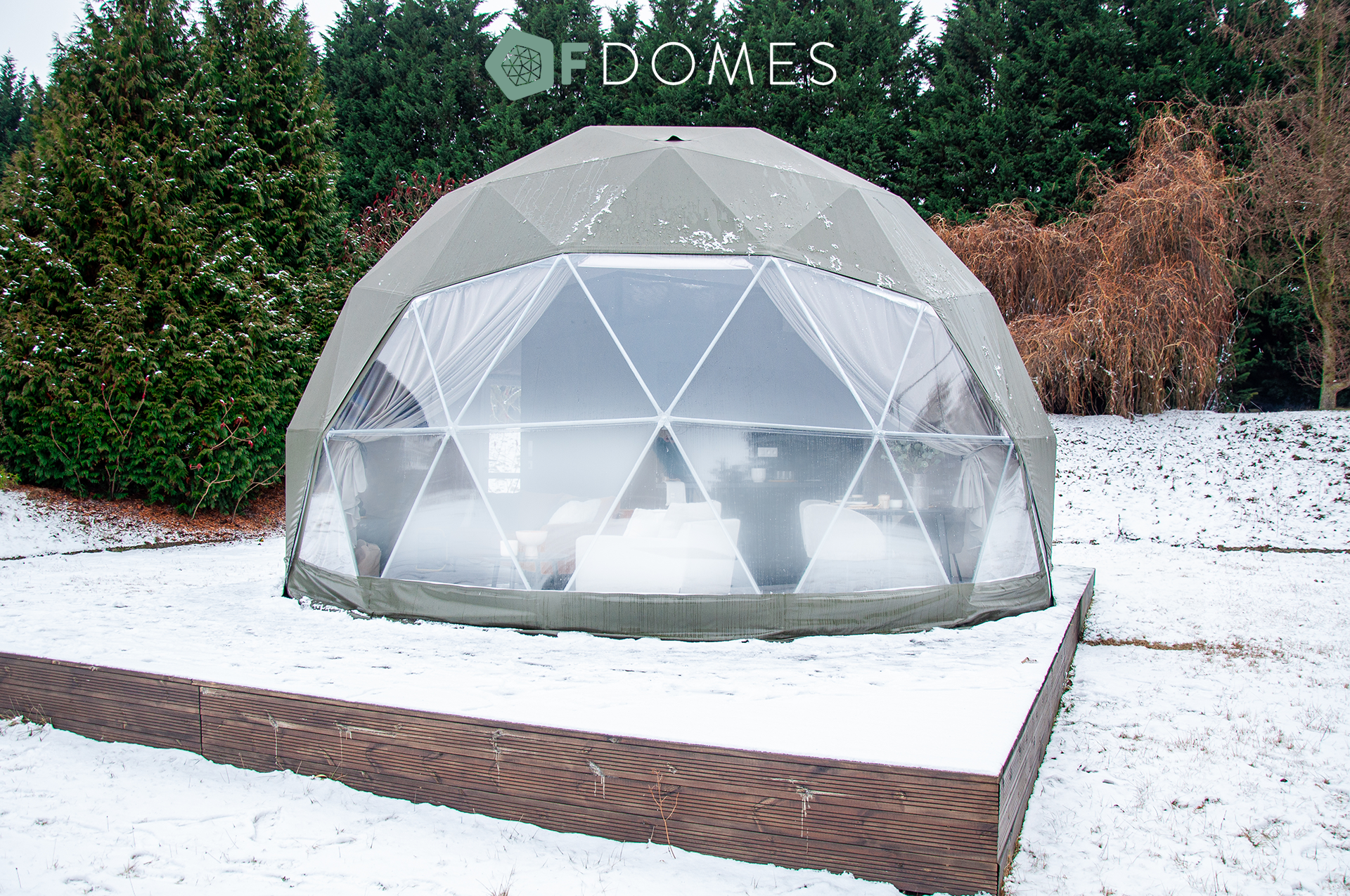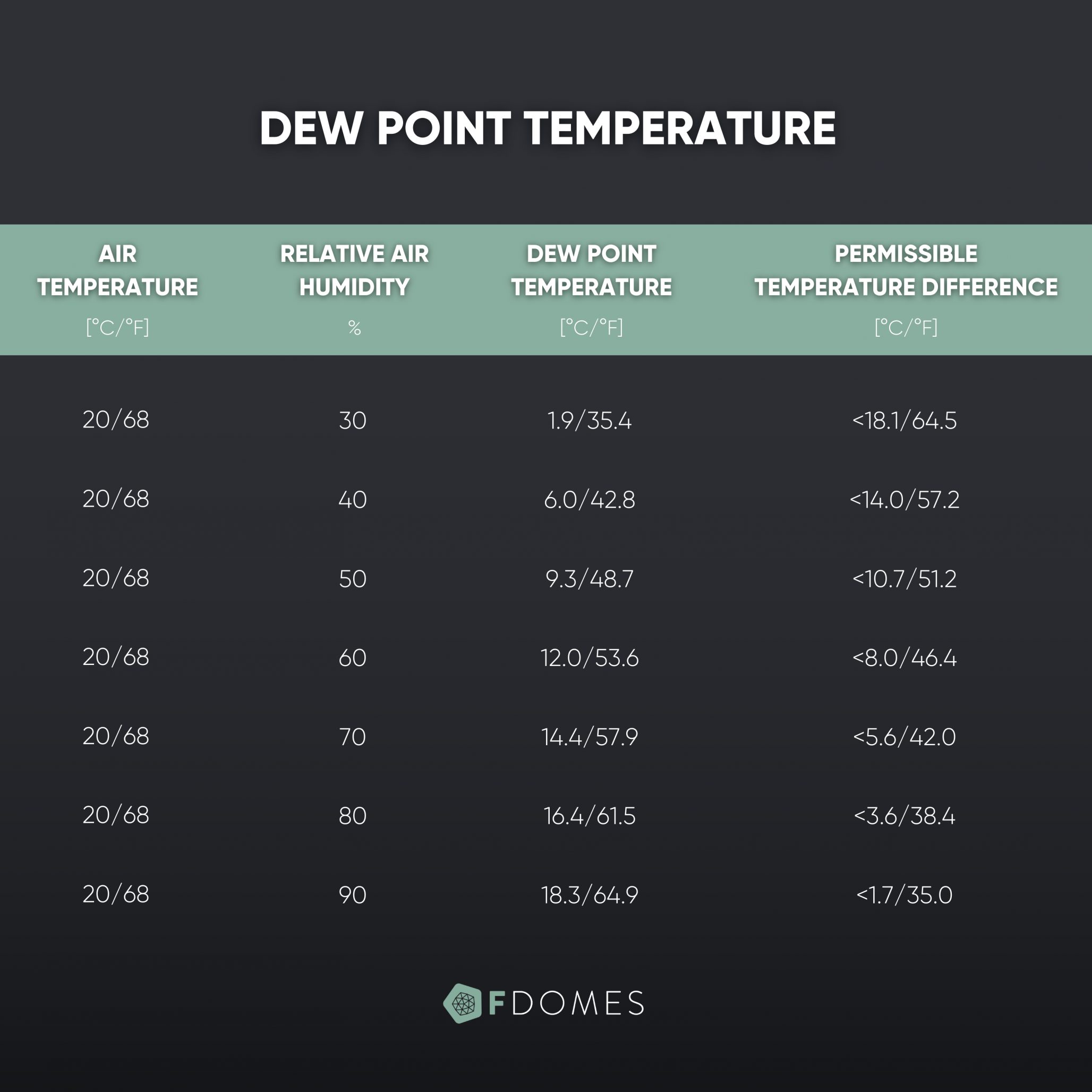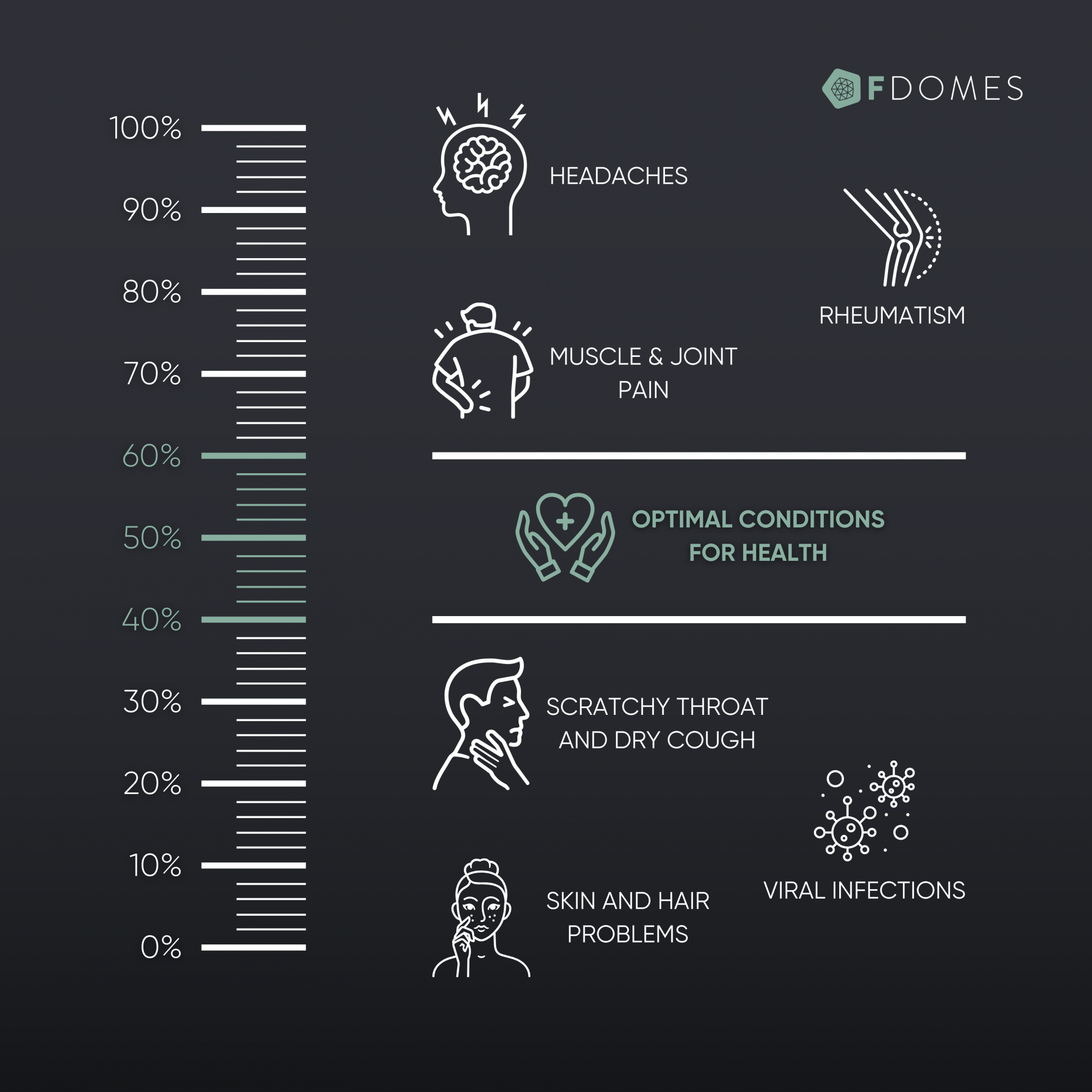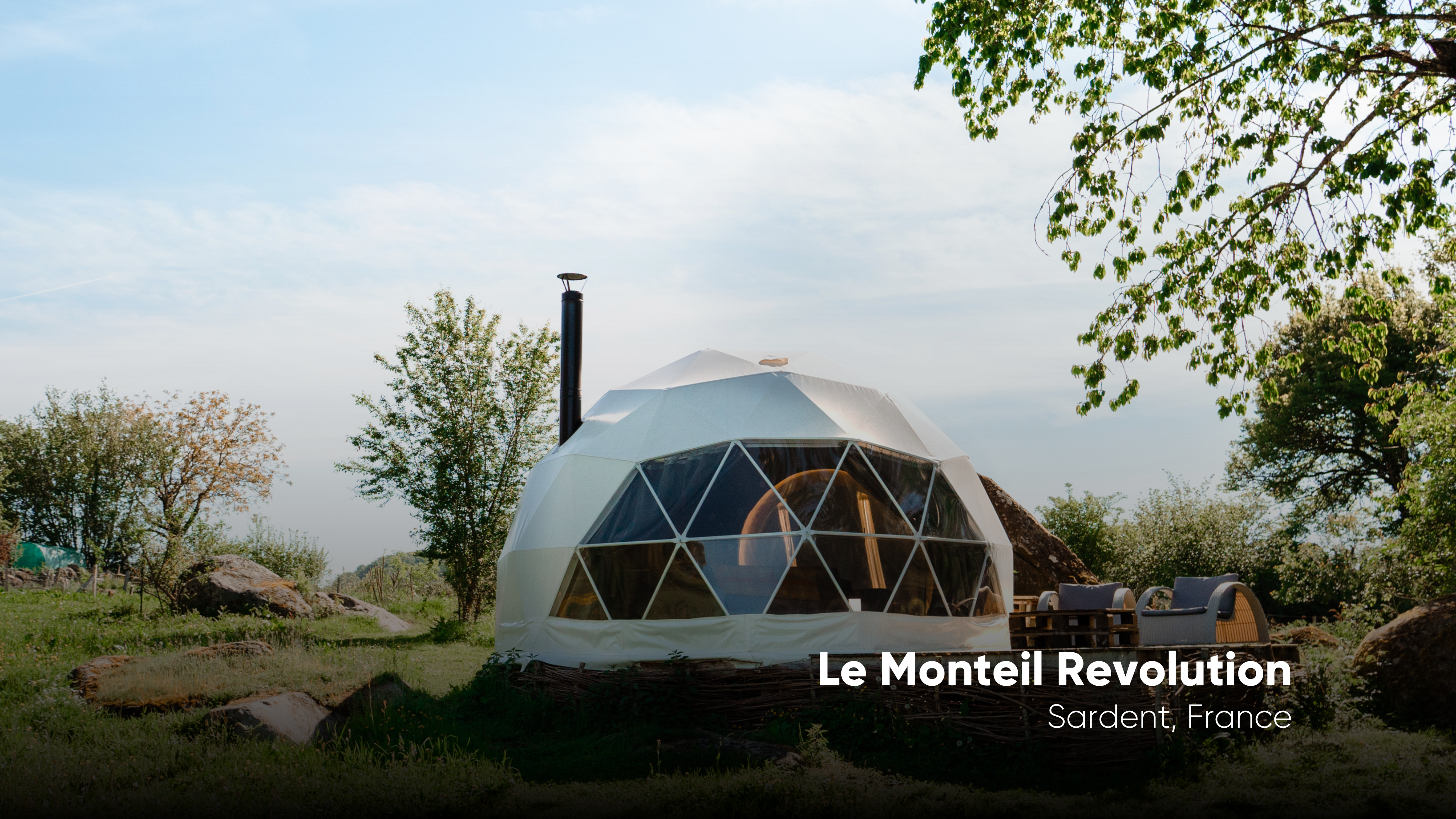
Embark on a journey from the comforting embrace of a hot shower to the scientific intricacies of condensation. Discover the omnipresent nature of this phenomenon in everyday scenarios, including foggy mirrors and mist-covered windows, and explore practical solutions rooted in ventilation, temperature control, and humidity regulation. Join us as we navigate the delicate balance between natural laws and human intervention, providing insights to bend the boundaries of physics in our Geodesic Domes.
Condensation – Where science meets everyday reality
Picture this: You’re in a bathroom, taking a hot shower after a long day of hard work. It feels so good that you don’t want to get out. The hot shower water caresses your cold skin as you’re trying to get as many parts of your body covered with hot and steamy water as possible. You’ve closed the bathroom door before taking a shower – It’s quite cold outside, so you figured it’s best to close the door and create a hot chamber. Wow! It’s been 15 minutes already! It’s time to get out. As you dry yourself off with a towel, you look at the bathroom mirror and notice it’s steamed up. It doesn’t surprise you, as you’ve seen it ever since you were a little child. As you open the door to let the fresh air in, you notice that the window is slowly starting to get clear, and you can finally see your face: it’s beautiful, just like the phenomenon you’ve just encountered, but maybe you weren’t aware of it.
You’ve just experienced condensation.
What Condensation and Dew point really are?
Condensation is the process by which a gas or vapor changes into a liquid. This occurs when the temperature of the gas or vapor decreases, causing its molecules to lose energy and come closer together, eventually forming a liquid.
In the context of your shower experience, condensation happens when the warm water vapor in the air comes into contact with a cooler surface, such as the bathroom mirror or window. In order to clarify what condensation really is, it’s necessary to mention that it depends on:
- The level of relative humidity expressed in % or absolute humidity expressed in grams per cubic meter (g/m³)
- The air temperature
- The temperature of the elements that the air comes into contact with (which is directly related to the dew point)
Dew point is an important concept when talking about condensation – it is the temperature limit point at which condensation occurs. The table below shows the dependencies.

Condensation in Geodesic Domes
Domes are not different when it comes to physics. It’s true that it’s one of the strongest and most durable structures, but the laws of physics cannot be broken. Condensation forms everywhere, and the domes are no exception to it.
Domes are, generally, lightweight structures covered with membranes. Due to their thinness, membranes do not provide insulation from the external temperature, and their temperature is close to that of the external environment. When water vapor particles in the air come into contact with such a membrane, condensation occurs.
It is possible to tackle this problem, though. Remember what you did in the shower to clear up the mirror? You’ve opened the bathroom door.
Condensation doesn’t like fresh air, and it tends to run away as soon as fresh air enters the room. Most bathrooms have an extractor fan or a wind-driven air shaft. Letting the fresh air in brings you to one of the most important things that allow you to reduce condensation – Ventilation.

Ventilation is a key factor
Proper ventilation is crucial in the area affected by condensation. Your priority should be to let the moist air out and let fresh air in. Consider installing effective ventilation systems, such as extractor fans or air vents, to maintain a continuous flow of fresh air.
Temperature might be your ally
Temperature plays a crucial role in managing condensation. Just like the heat from your body helped clear the bathroom mirror, maintaining a suitable temperature within the dome can mitigate condensation issues. According to the World Health Organization, indoor temperatures between 18 to 24 °C (64 to 75 °F) are considered ideal for comfort. Combine this with suitable clothing and other factors for a healthier living environment.
Humidity – Finding the right balance
The last (but definitely not least) key factor in reducing condensation is humidity. Humidity is usually described in percentages. The lower the humidity, the less water there is in the air to potentially become condensation. The recommended humidity percentage usually ranges between 30% and 60%, but some sources state that it’s between 40% and 60%. To reduce condensation and maintain safe living conditions, aim for around 40% humidity. Achieve this by ensuring proper ventilation, maintaining a stable temperature, and using a dehumidifier if necessary.
Summary
To sum it all up, please keep in mind that condensation is a naturally occurring phenomenon related to the laws of physics that can’t be broken, but it can possibly be bent. It’s just like how humanity can’t achieve the speed of light, but it can achieve the speed of sound. Keep providing proper ventilation, heating, and low humidity (respecting the recommended thresholds), and you should be able to bend the laws of physics!



